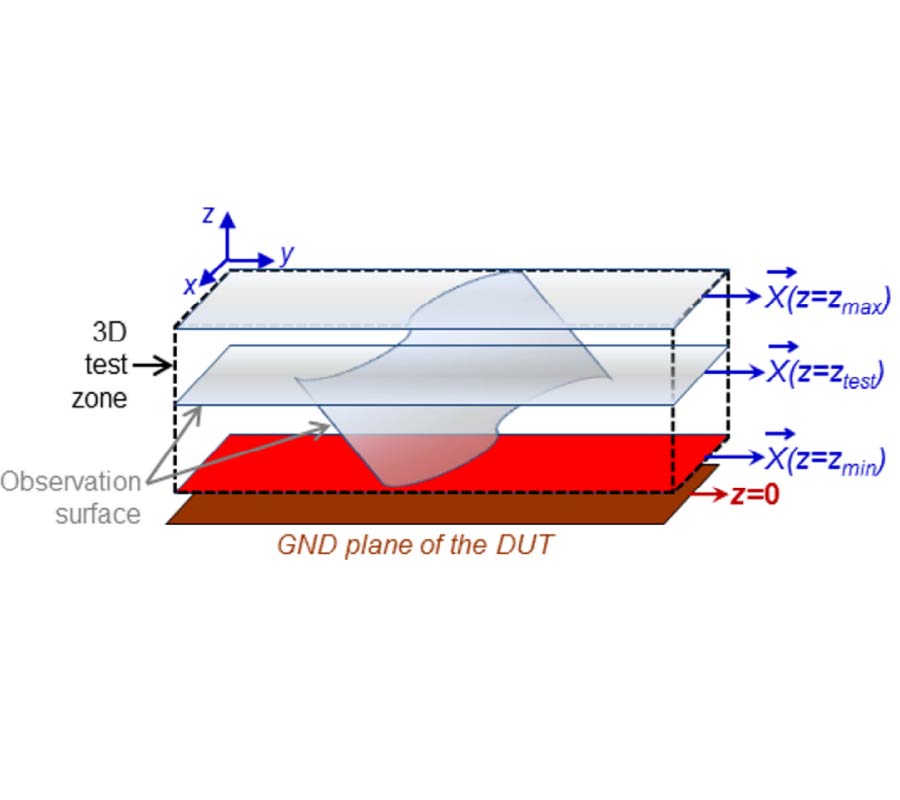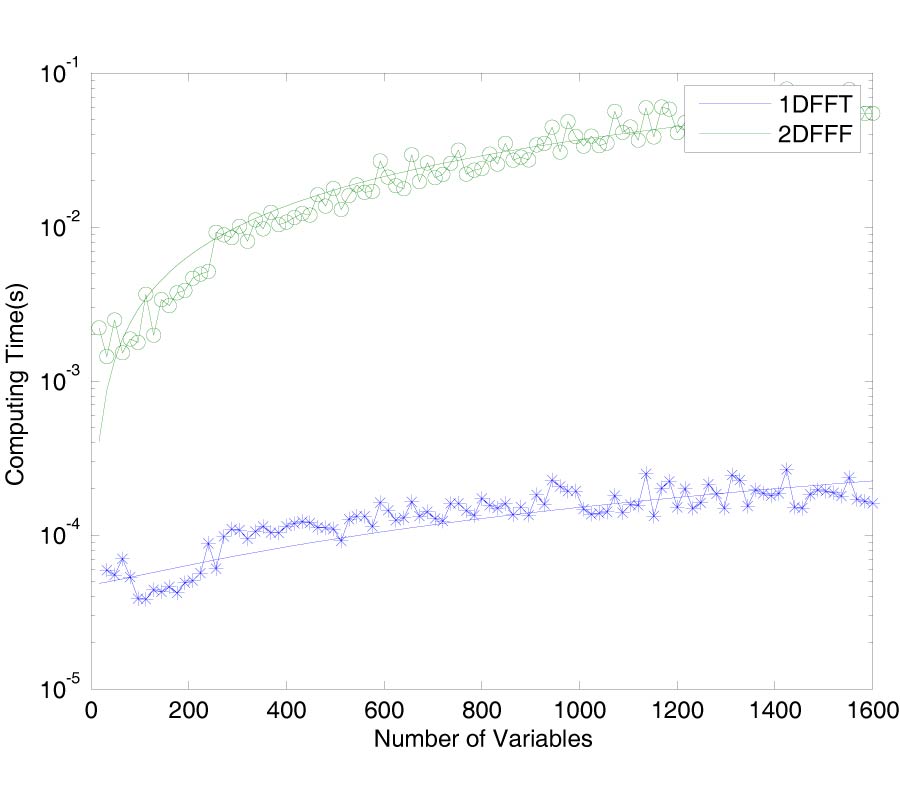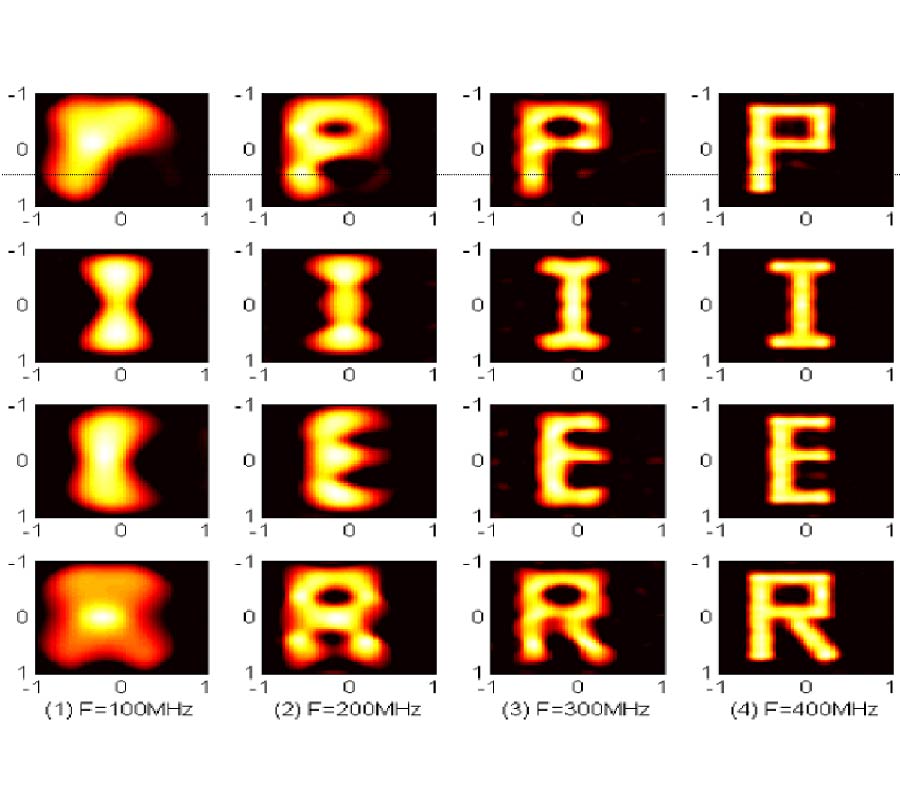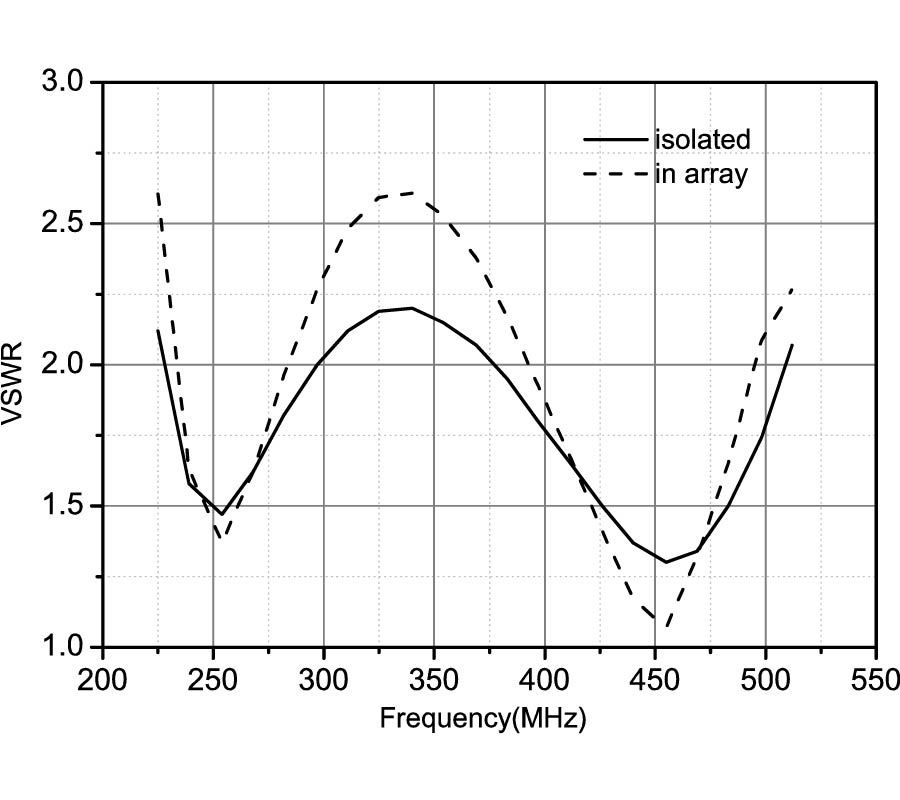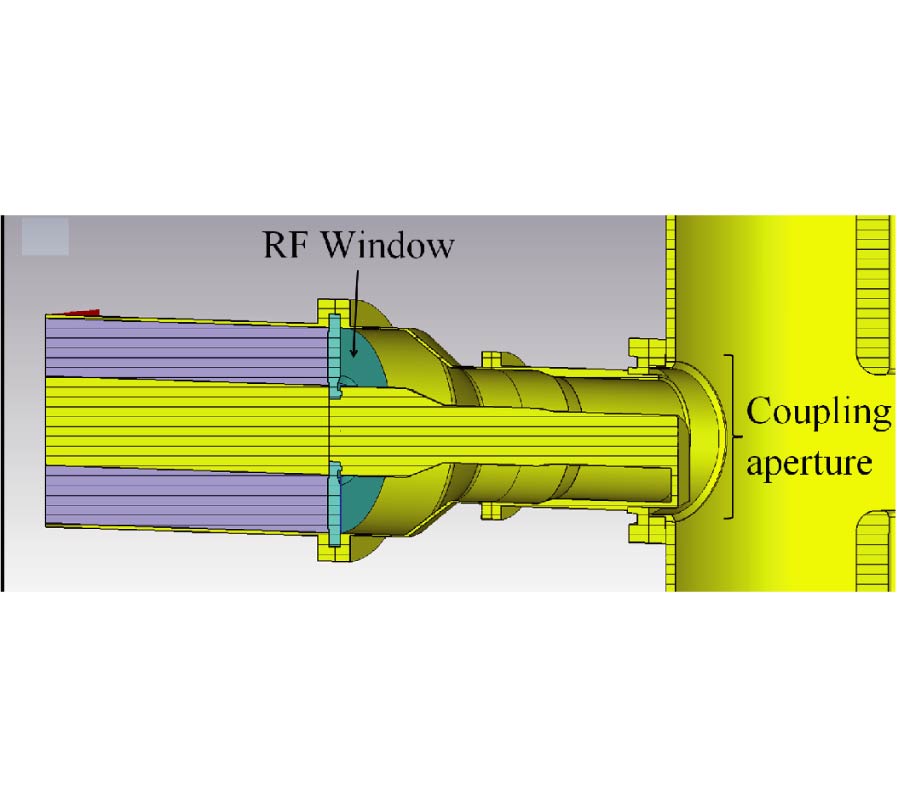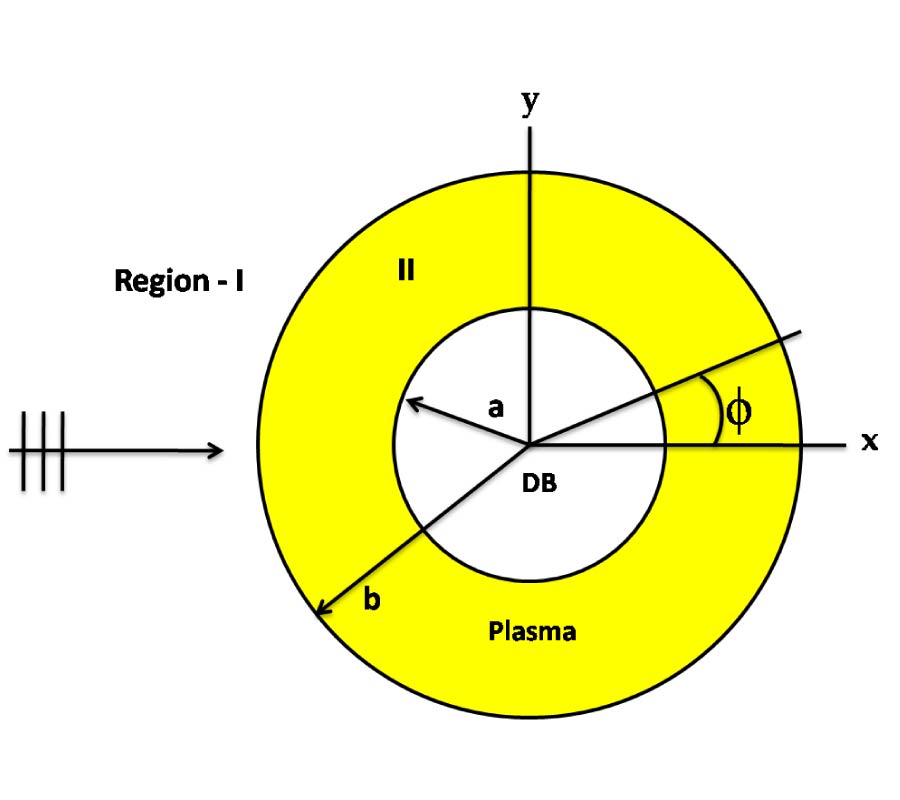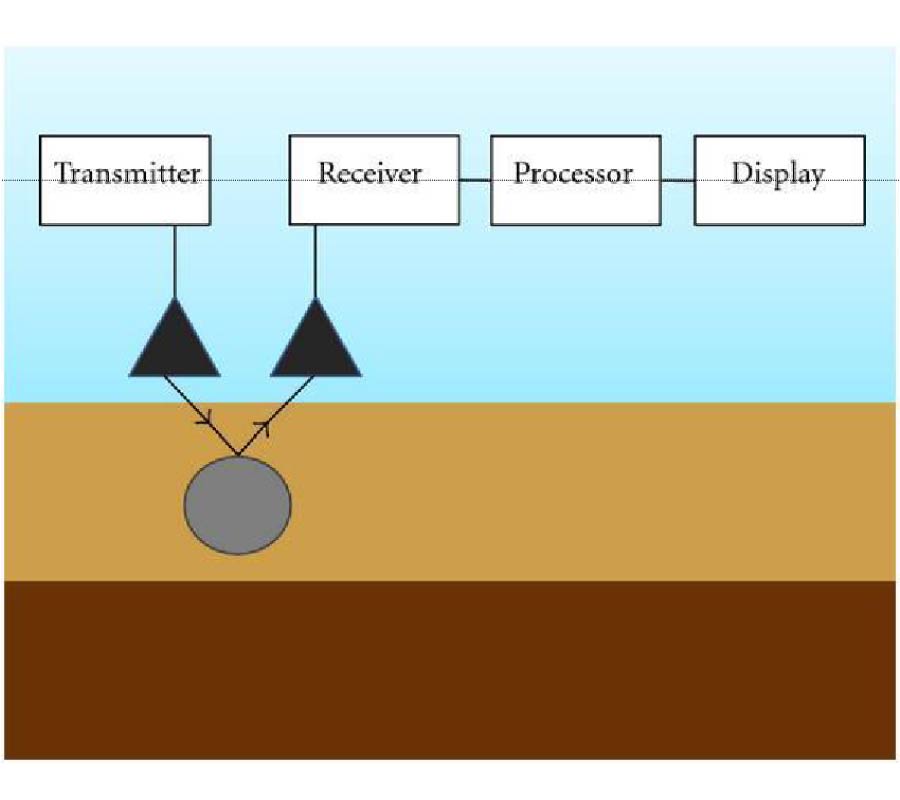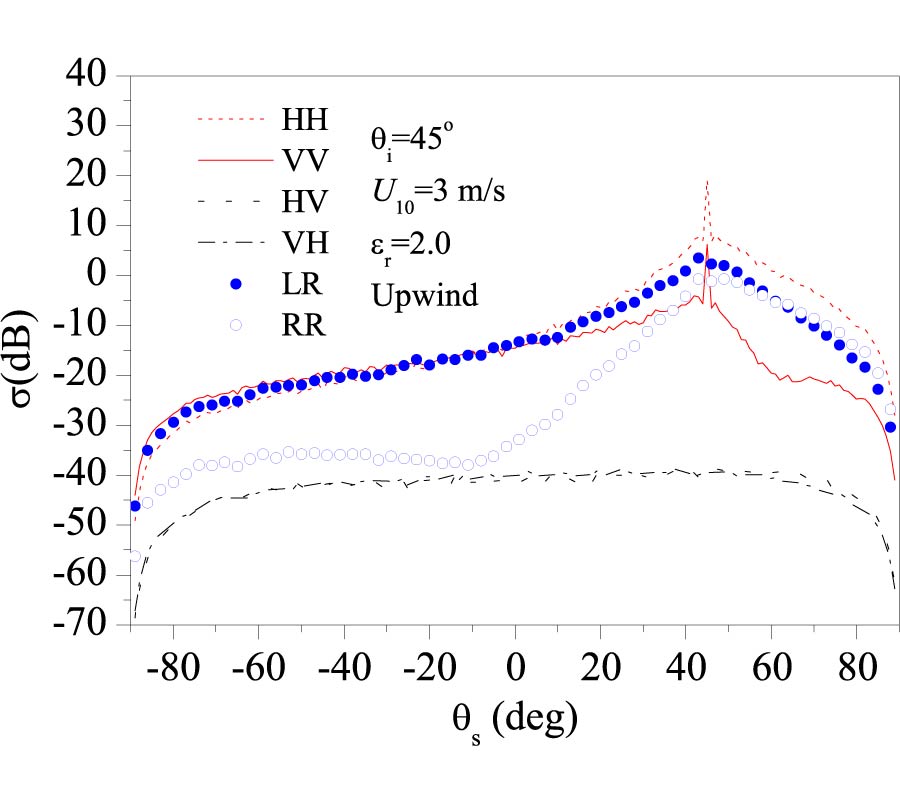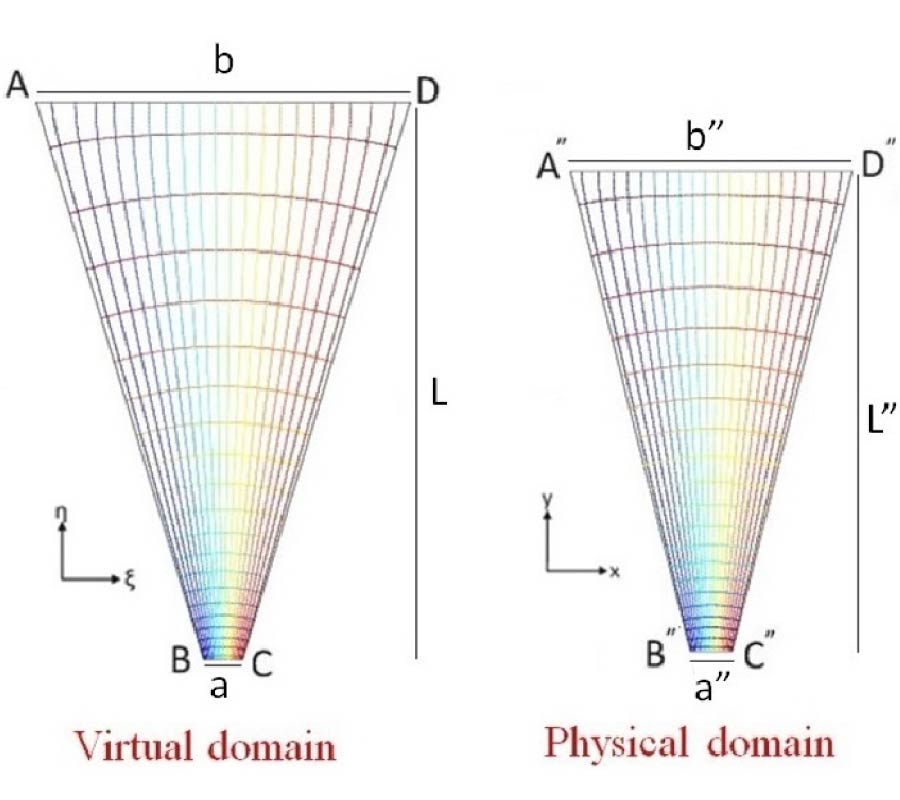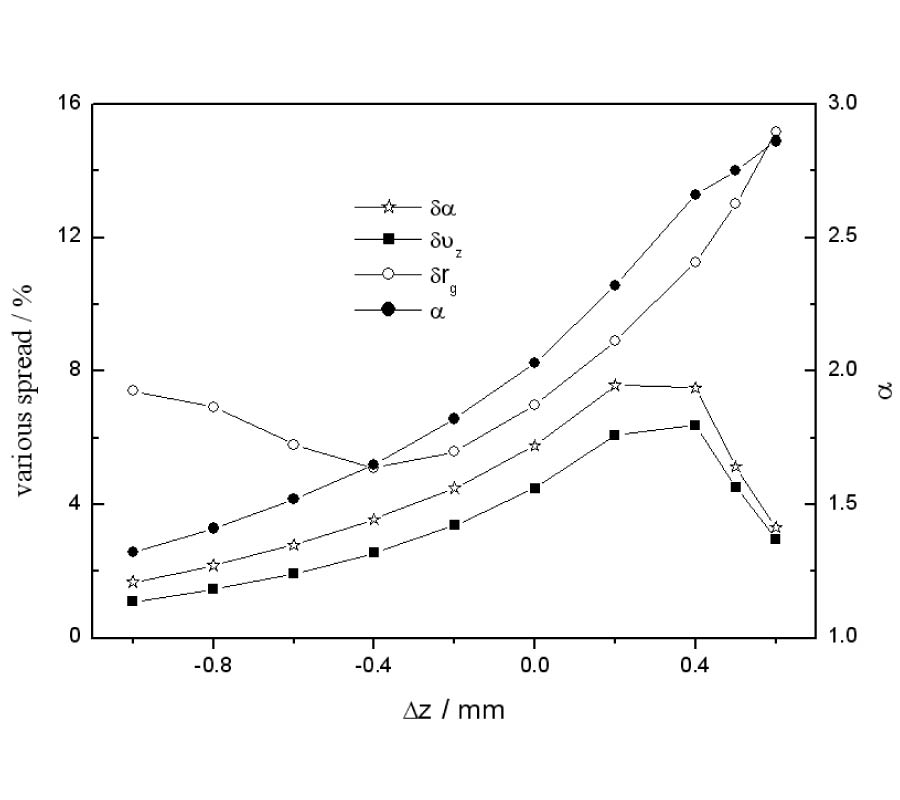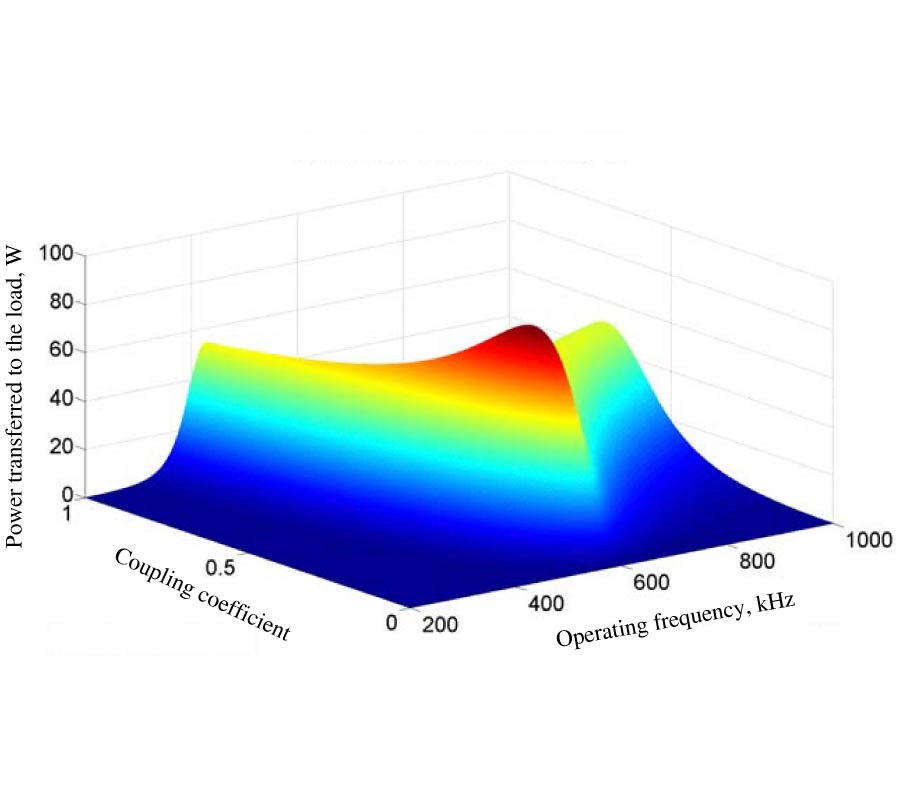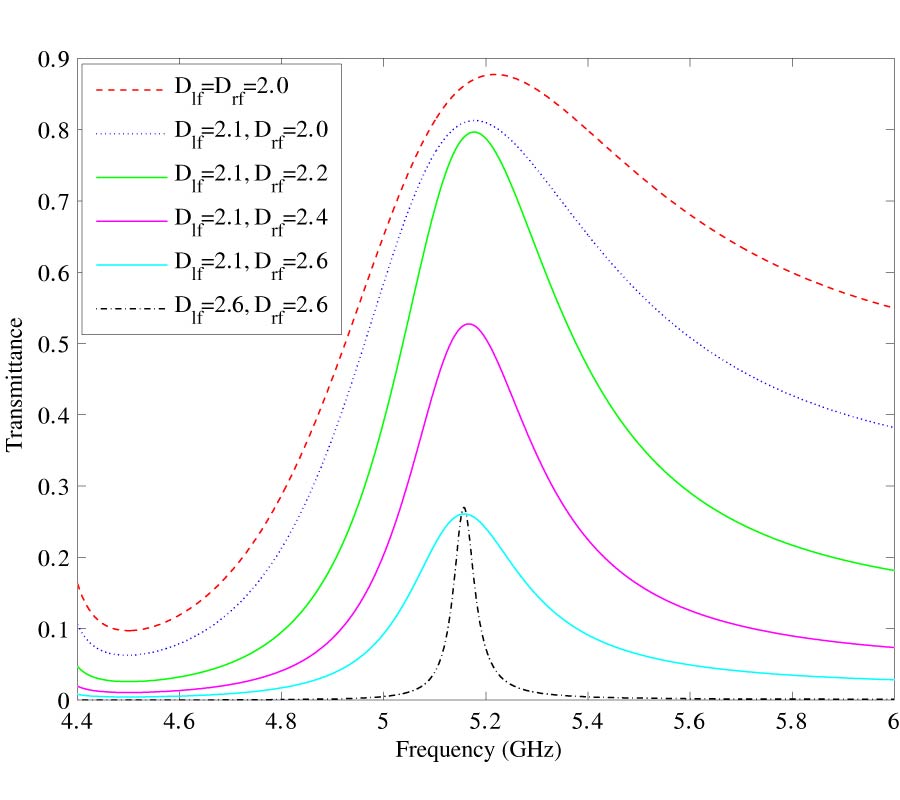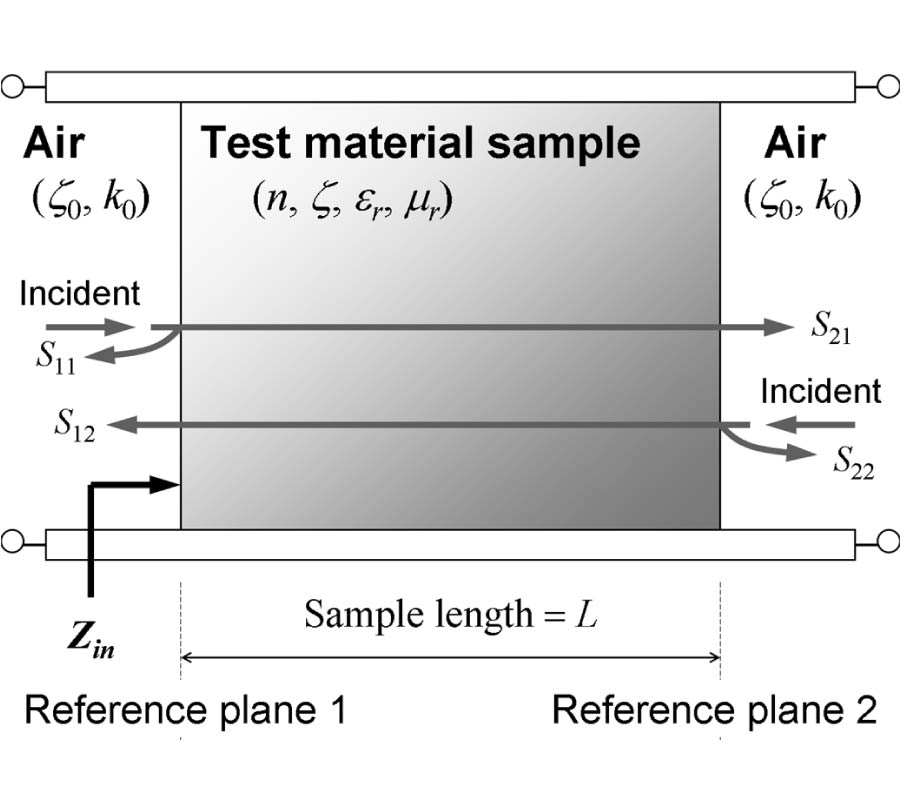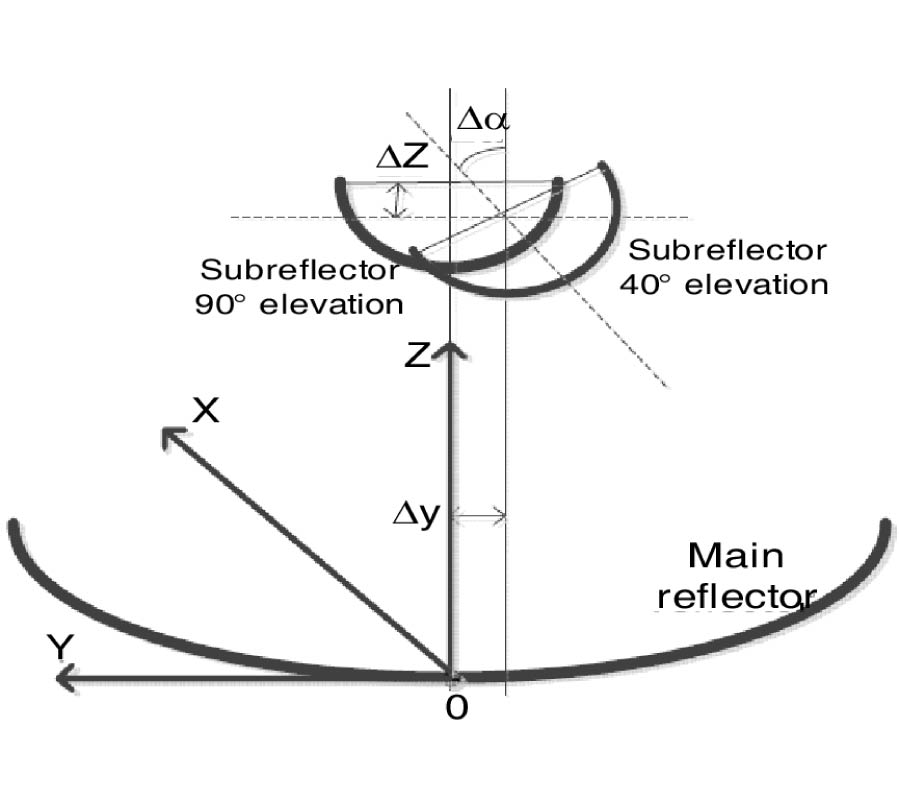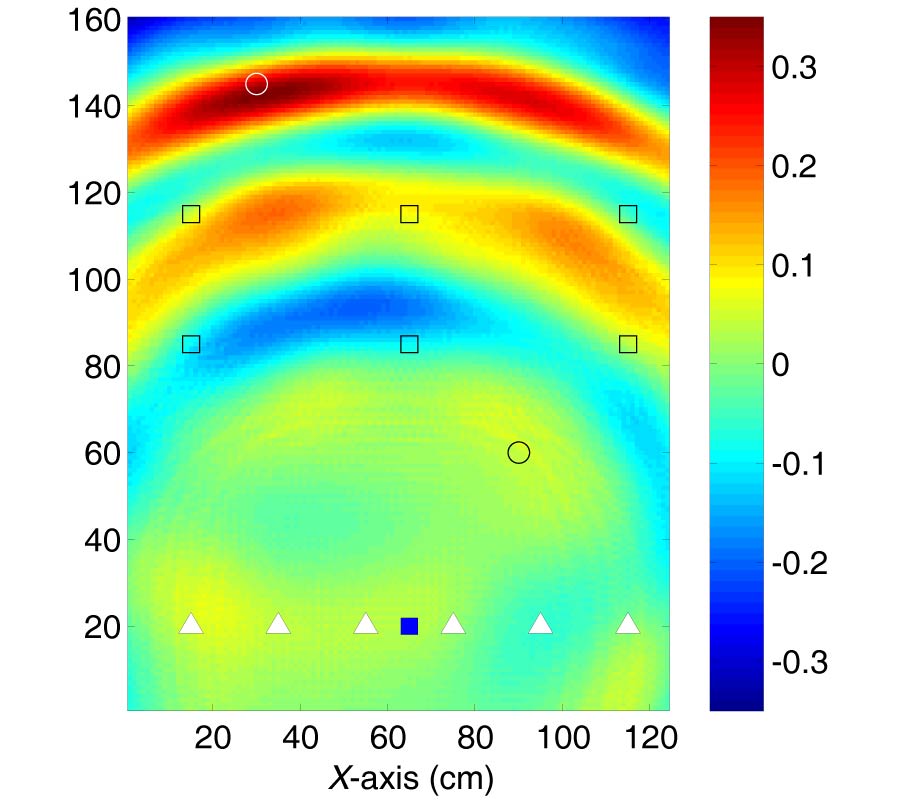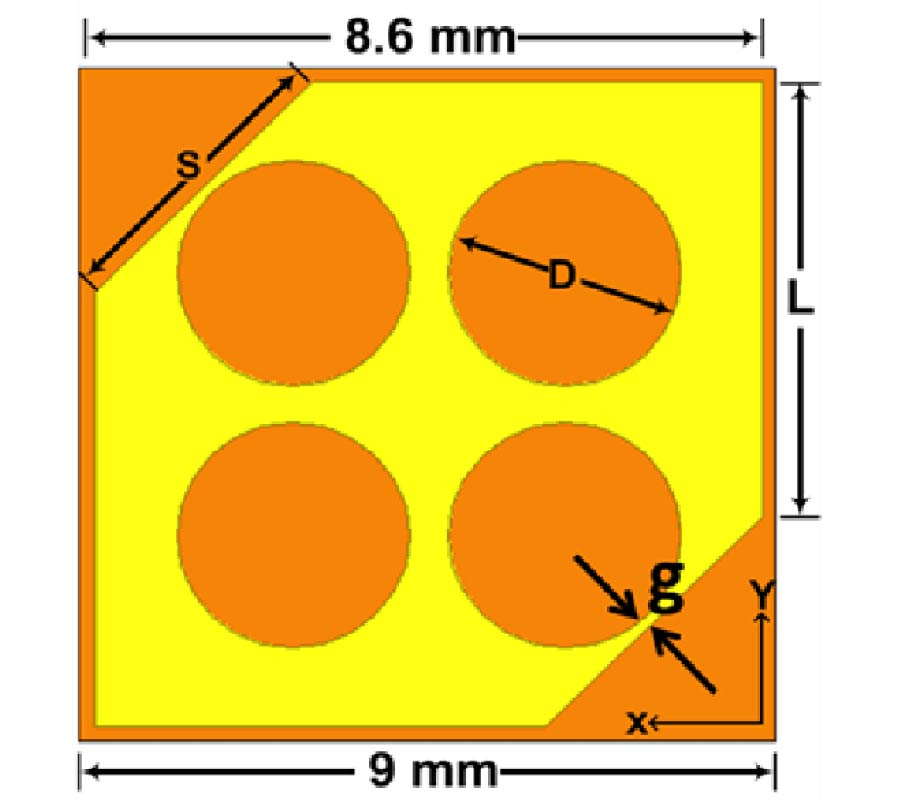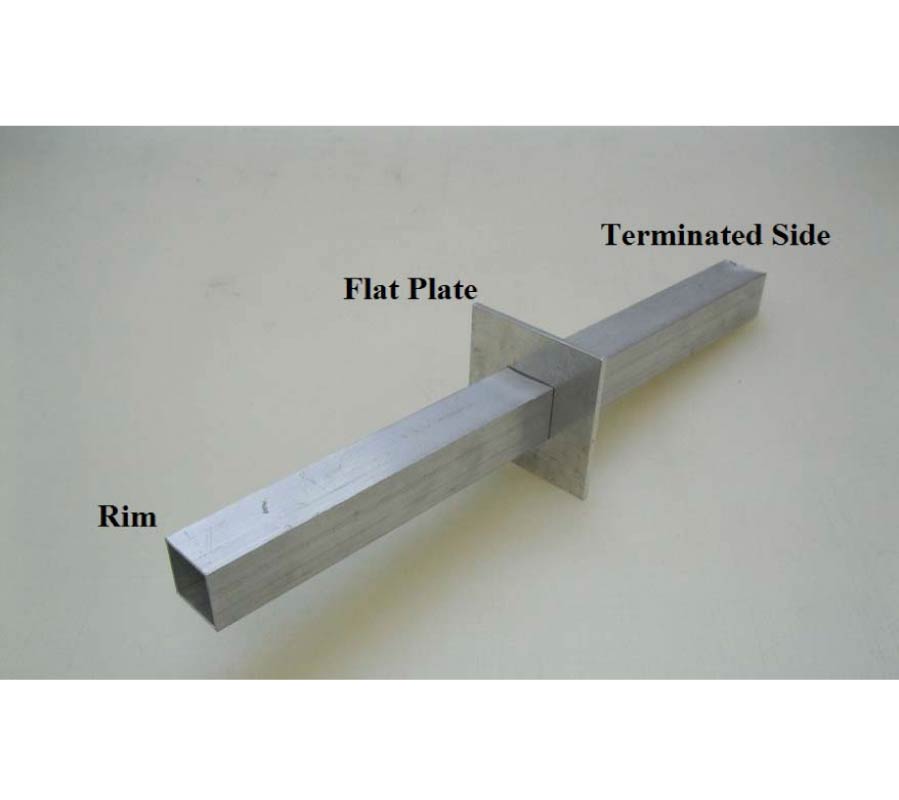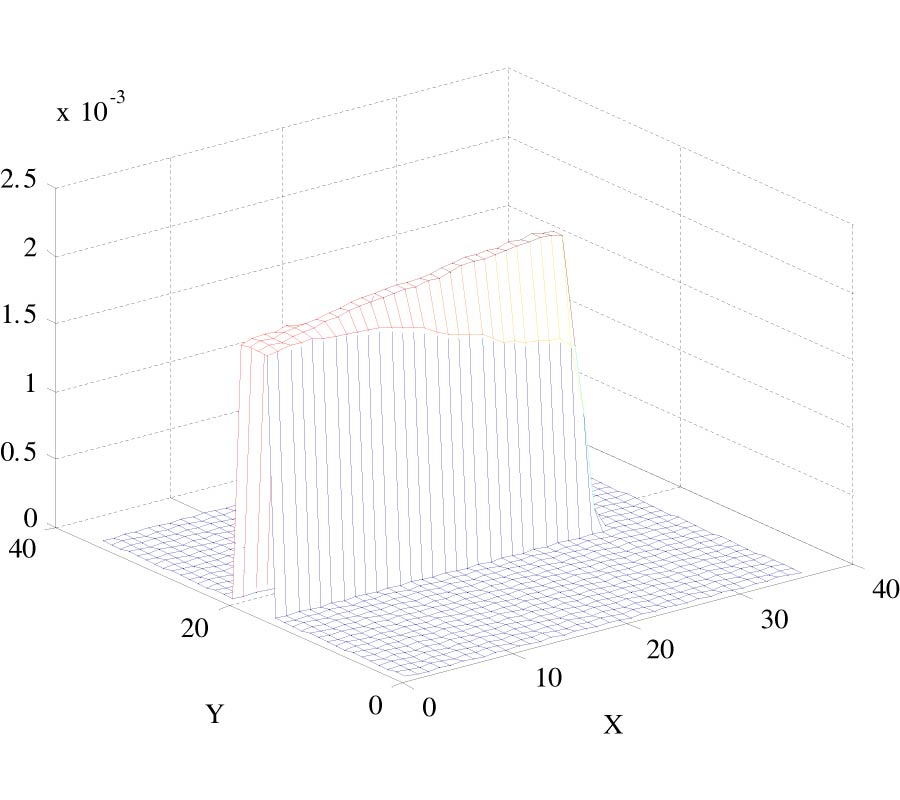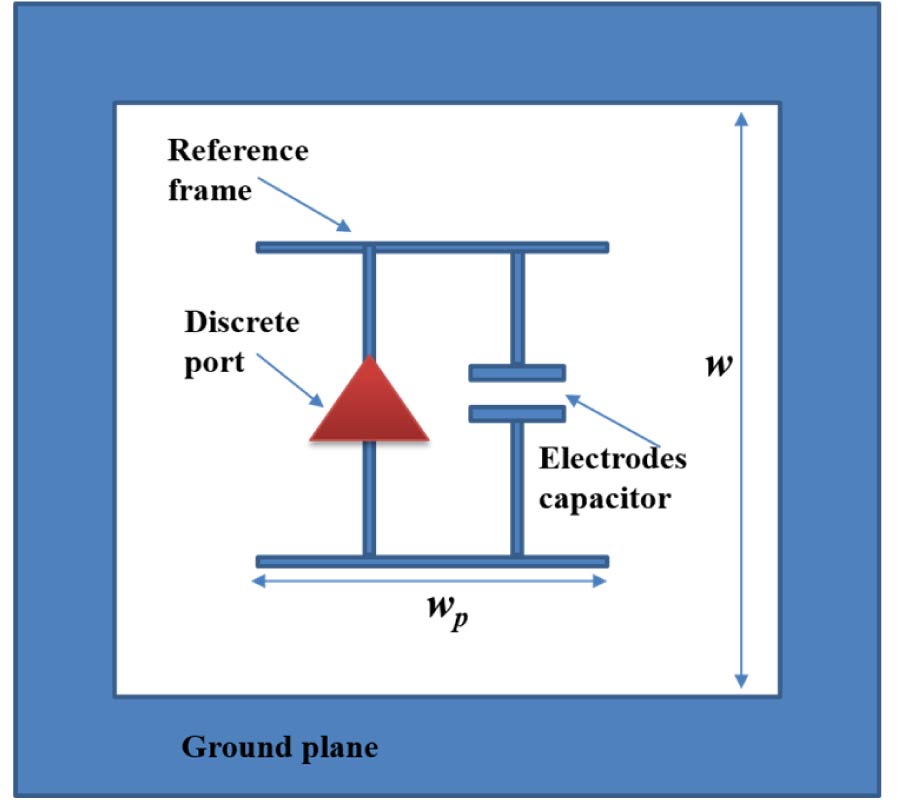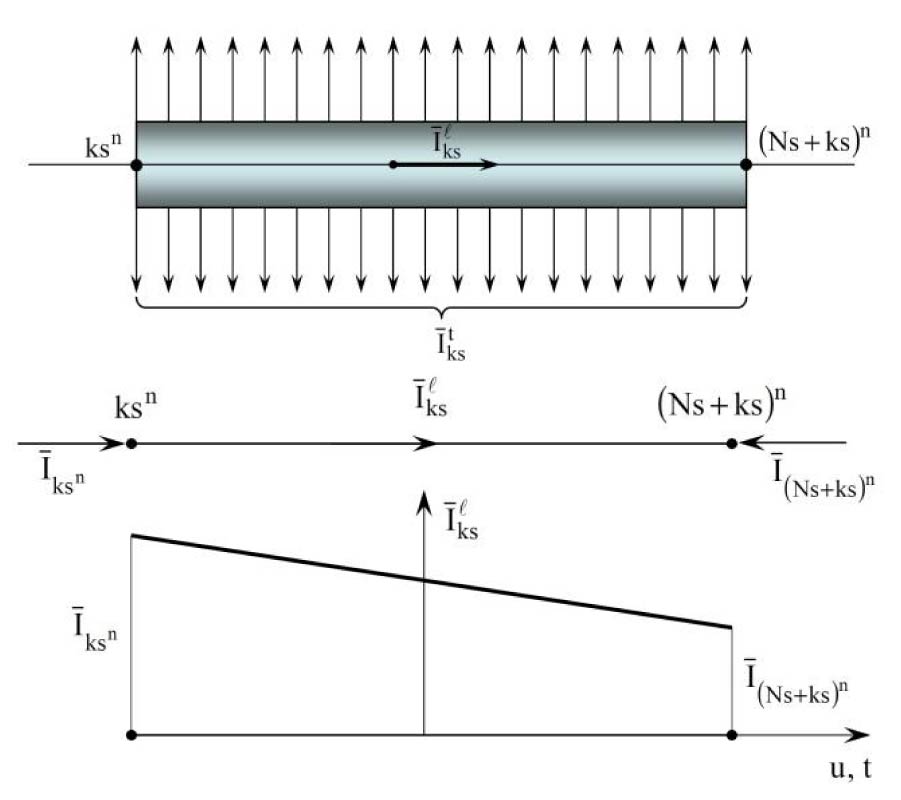Reconstruction of Objects Buried in Layered Media Based on an Equivalent Current Source
Peng Zhang,
Peng Fei,
Xin Wen and
Feng Nian
In this paper, a novel algorithm based on an equivalent current source is proposed to reconstruct objects buried in a multilayered medium. First, a radiating current source, one part of the equivalent current source, is obtained directly in closed-form from scattering data via the signal-subspace method. Secondly, a nonradiating current source, the other part of the equivalent current source, is represented with the linear superposition of vectors in the noise-subspace. Finally, the objects and equivalent current source are reconstructed efficiently by solving an optimization problem in a lower dimensional linear space with the conjugate gradient (CG) method. To test the new method, the effects of the frequency of incident wave, array aperture size, and SNR are studied in detail. Numerical results show that the proposed method has a high capacity to reconstruct objects buried in a multilayered medium.
